The earliest known forms of writing represented words with pictures. Cuneiform started by the Sumerians and hieroglyphics used by the Egyptians were two of the original ways of communicating in written form. Egyptian pictographs had a cursive form called hieratic which was faster to write, was a freer, looser interpretation of the pictographs and featured ligatures (strokes connecting individual letters). The challenge of pictographic communication is the large number of symbols which must be memorized. Alphabets, on the other hand, represent the sounds of speech; so far fewer symbols need to be learned.
In 1999, a discovery of graffiti inscribed on a rock at Wadi el-Hol, Egypt, pushed back the origins of the development of an alphabet to between 1900 and 1800 BC. This early Semitic scrawl points to ties between Egyptian hieratic script and the earliest known alphabet. The first widely known alphabet was developed by the Phoenicians (from the Greek-coined phoiniki meaning "purple people" for the dye they sold around the Mediterranean) in about 1200BC. The alphabet represented consonants and was primarily used by merchants to record commercial transactions.
The Phoenician alphabet is acrophonic meaning each letter represents the initial sound of the name of the letter. For example, the last letter in the Phoenician is called "taw" or "tah" (meaning mark) and led to our current letter T with the same sound.



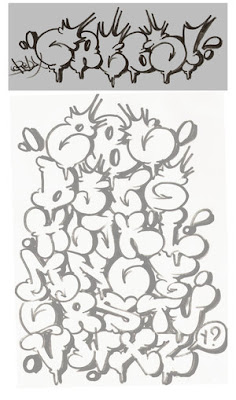

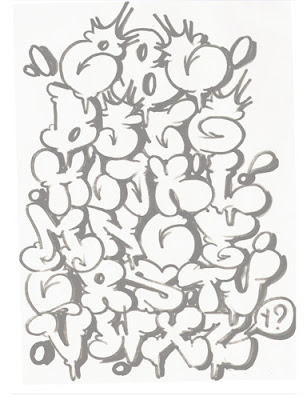
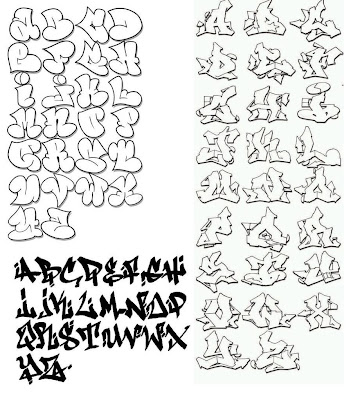

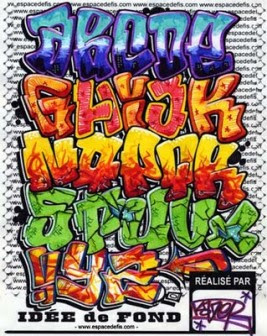
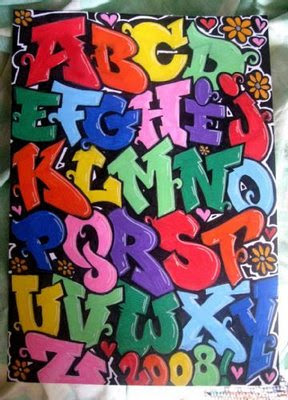
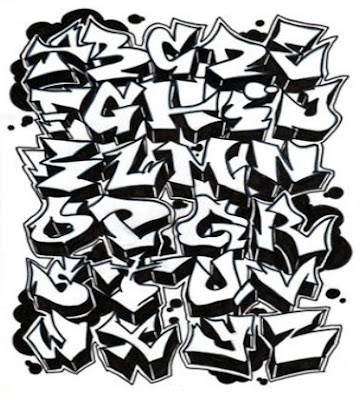

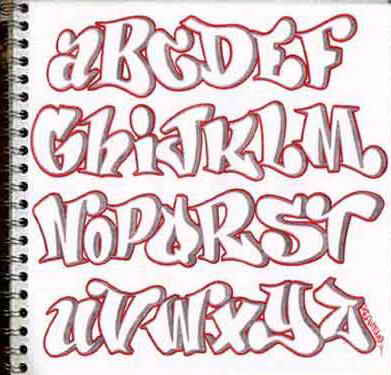
Tidak ada komentar:
Posting Komentar